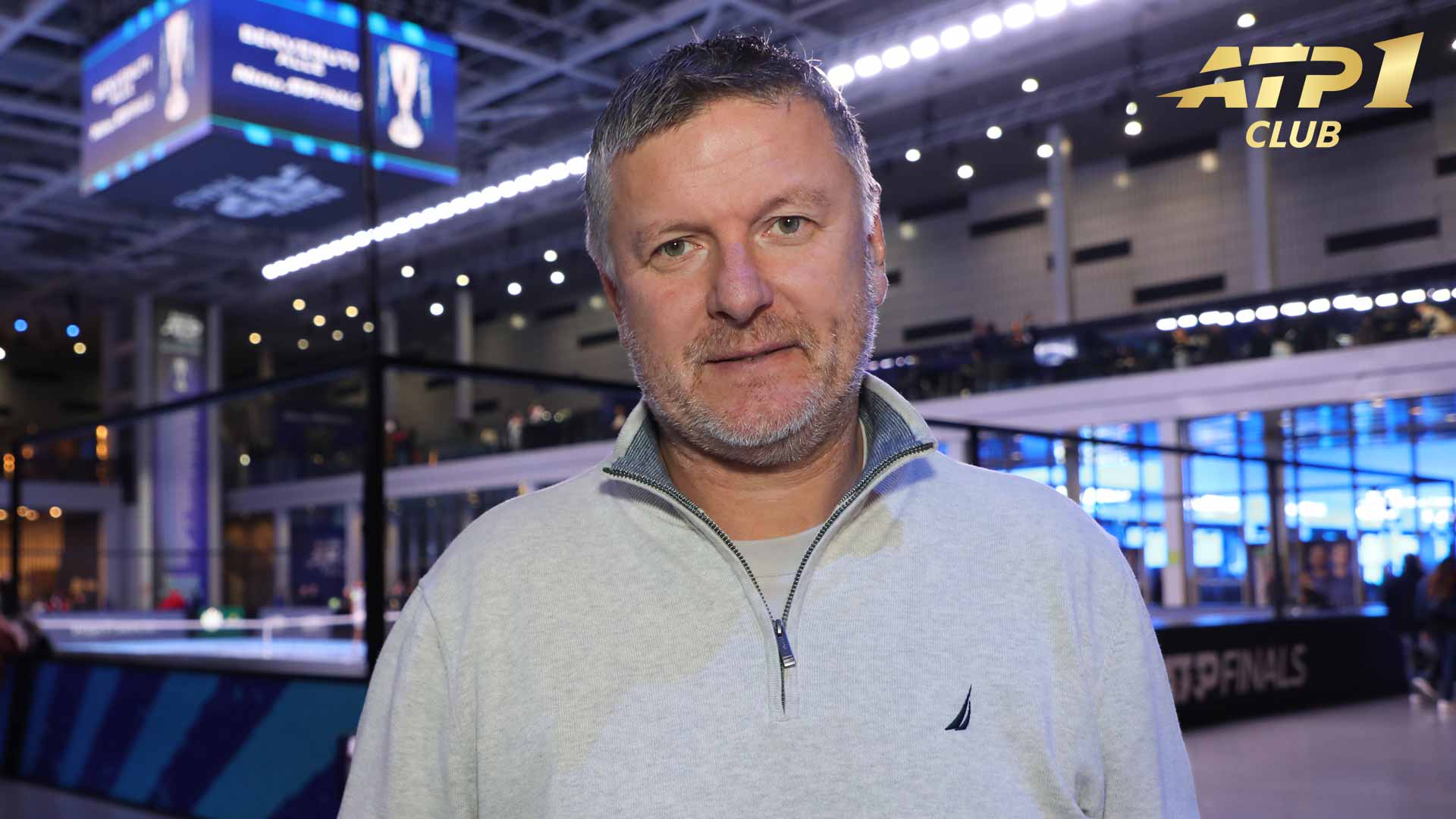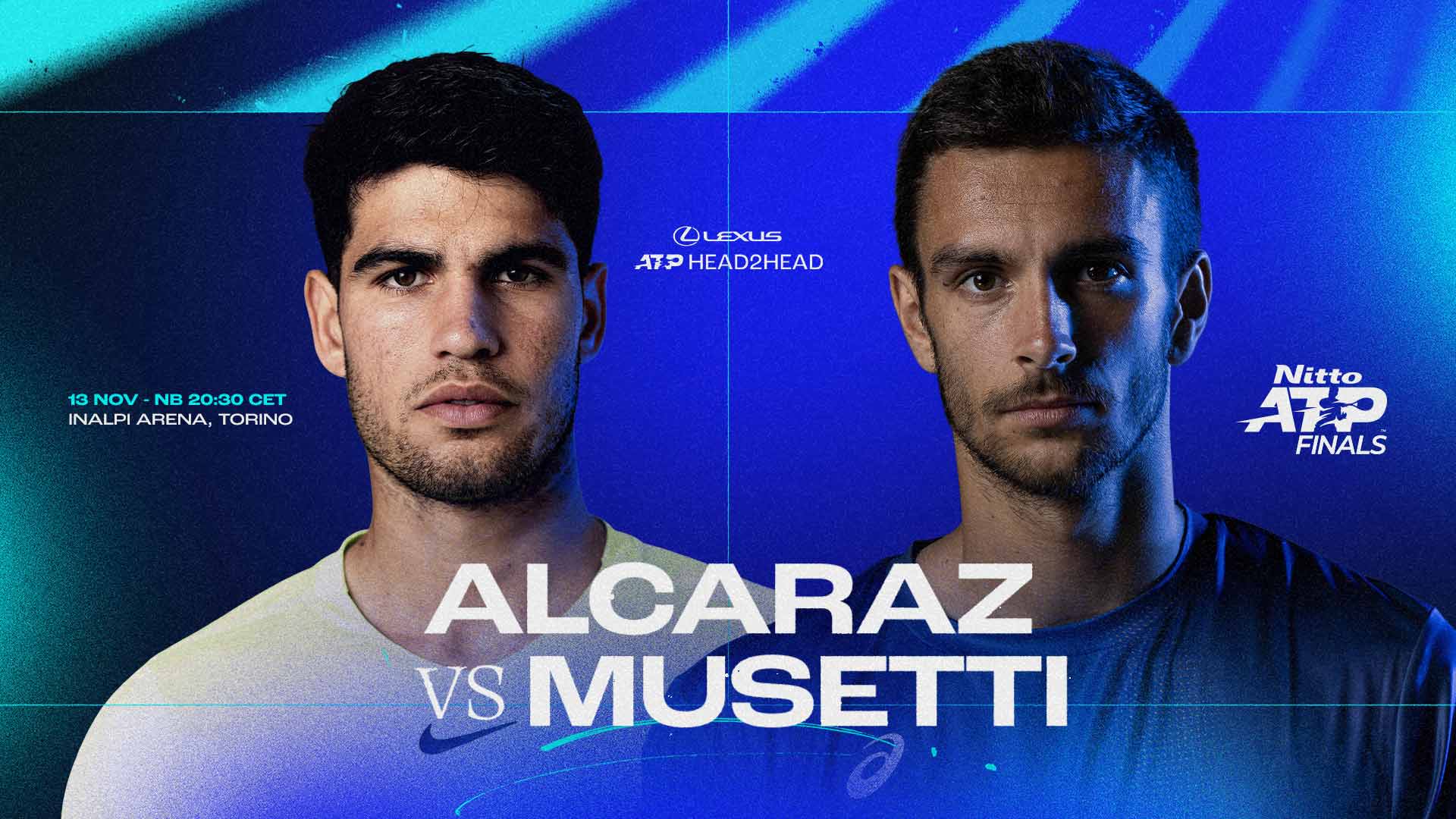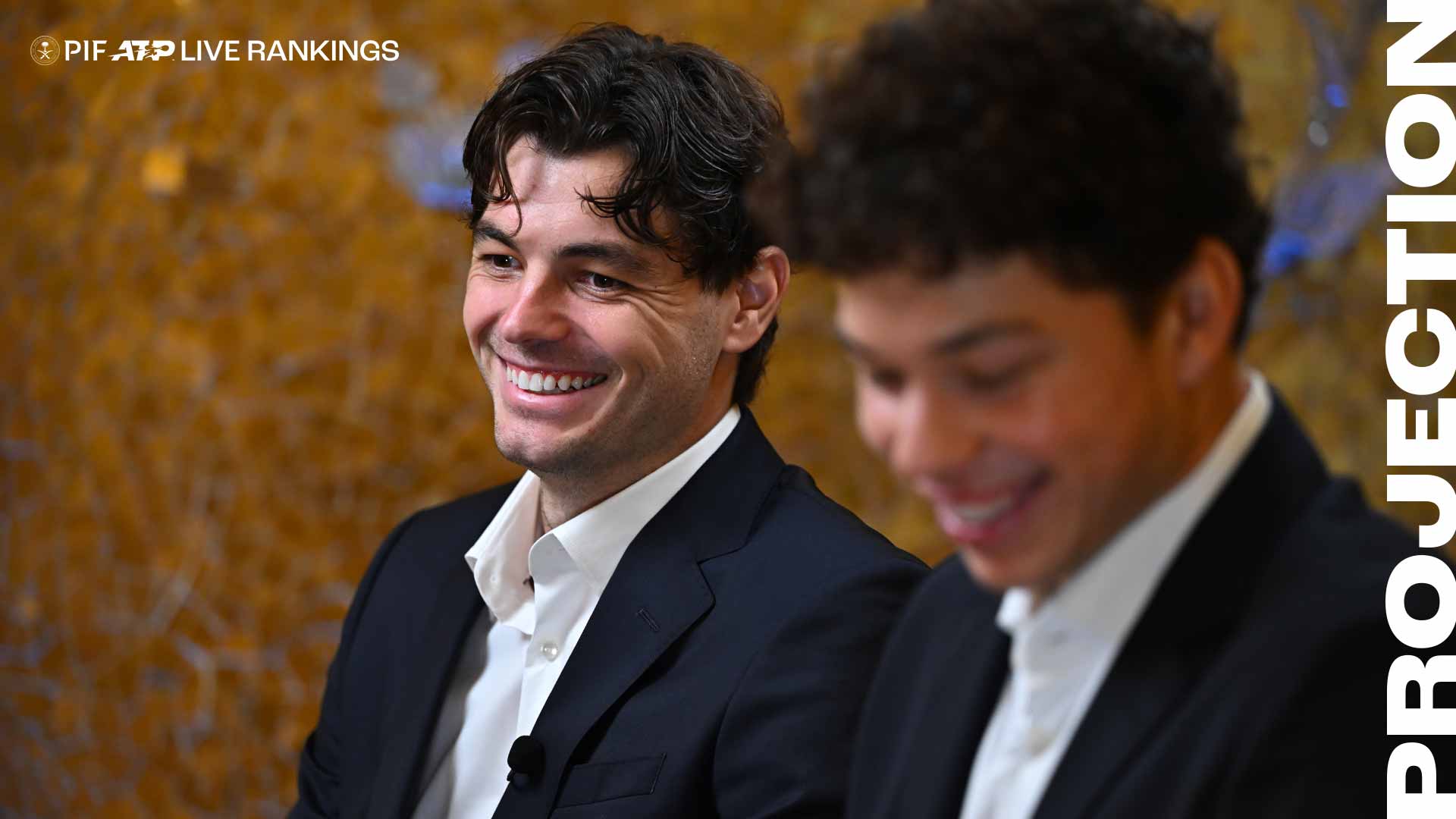Kafelnikov Revels in Alcaraz-Sinner's Yin-Yang Spark
Amid the electric hum of Turin's Inalpi Arena, Yevgeny Kafelnikov watches Carlos Alcaraz and Jannik Sinner ignite a rivalry that balances raw power with cool precision, ensuring tennis stays vital as the Nitto ATP Finals test their limits under year-end glare.

Under the bright lights of the Inalpi Arena, the Nitto ATP Finals compress a season's drama into intense round-robin battles, where every crosscourt exchange and down-the-line winner echoes the grind of majors and masters. Yevgeny Kafelnikov, one of only 29 members of the prestigious ATP No. 1 Club, arrives for his first visit to this Italian showcase, drawn by the budding tension between Carlos Alcaraz and Jannik Sinner. Their matchup promises not just tactical fireworks but a psychological equilibrium that keeps the sport's pulse racing, as contrasting styles force both to evolve amid the pressure of securing year-end supremacy.
Contrasting styles fuel fan fervor
The former world No. 1 observes how Alcaraz's explosive athleticism—marked by inside-out forehands and sudden net approaches—clashes with Sinner's methodical baseline depth, where heavy topspin backhands pin opponents behind the lines. This dynamic prevents any single player from overshadowing the tour, creating rallies that stretch deep and demand constant adjustments on the medium-paced indoor hardcourts. Kafelnikov points out the equal draw they exert on crowds, turning the arena into a cauldron of anticipation as Italian fans cheer their home hope while admiring the Spaniard's flair.
In conversations around the venue, he elaborates on the charisma that binds their rivalry, noting how one player's emotional intensity complements the other's calm focus, much like forces in perfect opposition. The atmosphere thickens with each point, the crowd's energy amplifying the mental strain of a calendar filled with high-stakes encounters, from clay slides to grass bites, now refined in Turin's controlled bounce.
"Fantastic for tennis. It would be not great if only one would be dominating because the charisma of both, they kind of match each other. It’s like yin and yang," Kafelnikov said in Turin. "One is one style, the other one is completely different and that’s what fans like. No question. You see it here in Turin, Jannik is selling the stadium as well as Carlos. They’re both great for tennis, absolutely."
Venue vibes echo past glories
Kafelnikov imagines how a Moscow hosting in 2000, during his and Marat Safin's top-10 runs, might have mirrored this scene, packing stands with national pride and heightening every serve's curve. Yet he praises Turin's choice, where tennis surges alongside stars like Sinner, making the indoor setup ideal for probing rallies and slice defenses that vary the tempo. The local passion infuses the event, turning baseline duels into cultural moments as players navigate the even trajectories that reward precise footwork over erratic power.
Having qualified seven times himself, Kafelnikov recalls facing fellow elites—Pete Sampras, Andre Agassi, Boris Becker, Gustavo Kuerten, Carlos Moya, and Juan Carlos Ferrero—in clashes that often hinged on surface nuances, like quicker carpets favoring Sampras's serve-volley rushes. Those encounters taught him the value of adapting one–two combinations to counter down-the-line threats, lessons that resonate as Alcaraz and Sinner trade inside-in winners this week. The event's format, pitting the top eight in a pressure cooker, rewards the season's resilience, where mental fortitude shines through extended points and recovery sprints.
Sampras proved his toughest foe, claiming all four meetings from group stages to the 1997 final, his big serves exploiting the era's faster setups and leaving little room for backhand slices to disrupt rhythm. Kafelnikov cherishes the venues nonetheless—Frankfurt's electric buzz in 1995, Hanover's steady courts through the late 90s, Lisbon's vibrant energy in 2000, and Sydney's fitting close in 2001—each blending competition's edge with the camaraderie that eases year-end fatigue.
Next generation eyes the stage
Staying sharp on the tour, the 26-time singles titlist spotted promise in Joao Fonseca's ATP 500 triumph in Basel last month, a breakthrough blending aggressive forehands with tactical depth that could propel him toward these finals. If the young Brazilian maintains his form, building on consistent crosscourt patterns and mental poise, he might join the elite fray next year or soon after, adding fresh rivalries to the mix. Kafelnikov views the Nitto ATP Finals as the perfect capstone, where hard work across Slams and titles culminates in peer-to-peer battles that recharge the spirit.
As Alcaraz and Sinner push each other through fatigue and tactical tweaks—Sinner's kick serves gaining extra bite indoors, Alcaraz countering with drop-shot surprises—their complementary edges promise deeper layers in the seasons ahead. This yin-yang balance not only elevates their game but sustains tennis's momentum, drawing new talents into the fold. For more on the elite achievers, visit the ATP No. 1 Club Hub.


